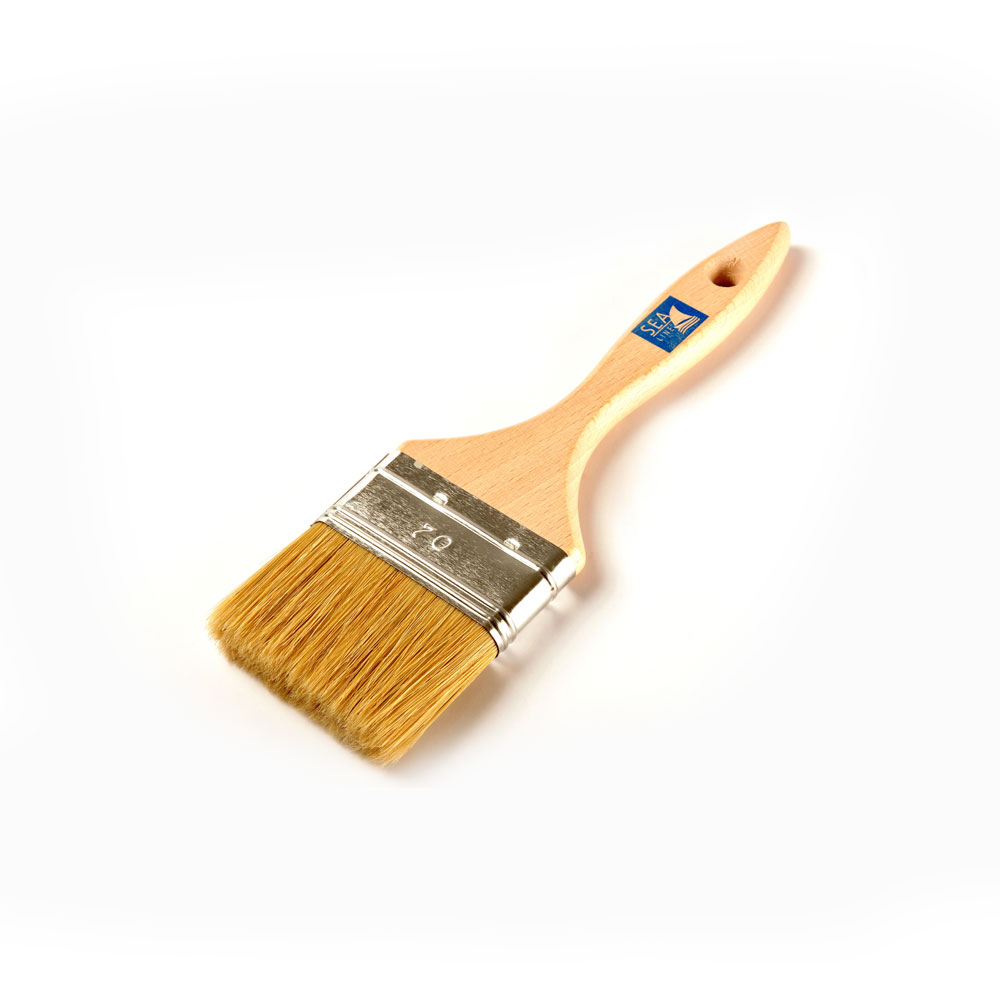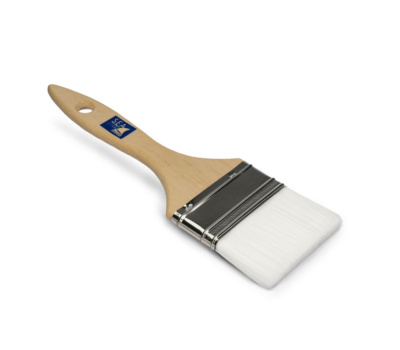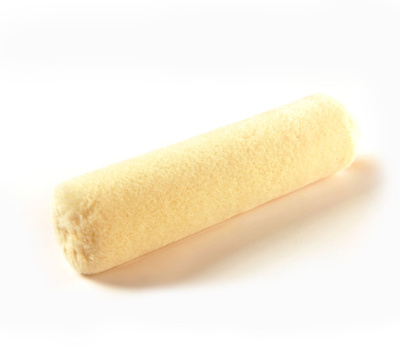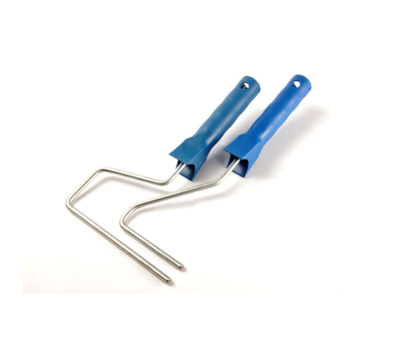12 mm is the perfect tool for the application of epoxy primers and antifoulings. It is available in widths of 30, 50 and 70 mm. The brush may also be used for application of topcoats, polyurethane varnishes and enamels.
A mixture of natural bristle hair fibers with PET (50/50%), is a combination of a suitable material absorbency and easy application appropriate thickness of the layers of paint. The construction of galvanized caps combined with hardiness- solvent-adhesive prevents hair loss.
| Width | Code |
|---|---|
| 30 mm | 300006820 |
| 50 mm | 300006821 |
| 70 mm | 300006822 |


Especially recommended for topcoat paint – enamel, paints, varnish, clear coats and gel coats. Computermolded

Made from the highest quality natural lamb wool (100%) of the fleece long-guests 4mm is

Roller with a width of 150 mm and a thickness of 35 mm is the
We do not recommend using universal thinners. The use of a thinner with an unknown composition may result in loss of adhesion, lack of proper flow of paint and varnish defects.
It is not recommended to apply 2K paints over 1K paints. 1K and 2K inks differ in their composition and properties, including hardness, chemical resistance and durability. 1K paints are one-component and dry by evaporating the solvent, while 2K paints are two-component and need to be cured by adding a hardener. Applying 2K paint over 1K paint can cause unpredictable chemical reactions and lead to undesirable effects such as dulling, chipping or flaking of the paint. Therefore, always use paints according to the manufacturer’s instructions and do not mix different types of paints. farby zgodnie z instrukcjami producenta i nie mieszać różnych rodzajów farb.